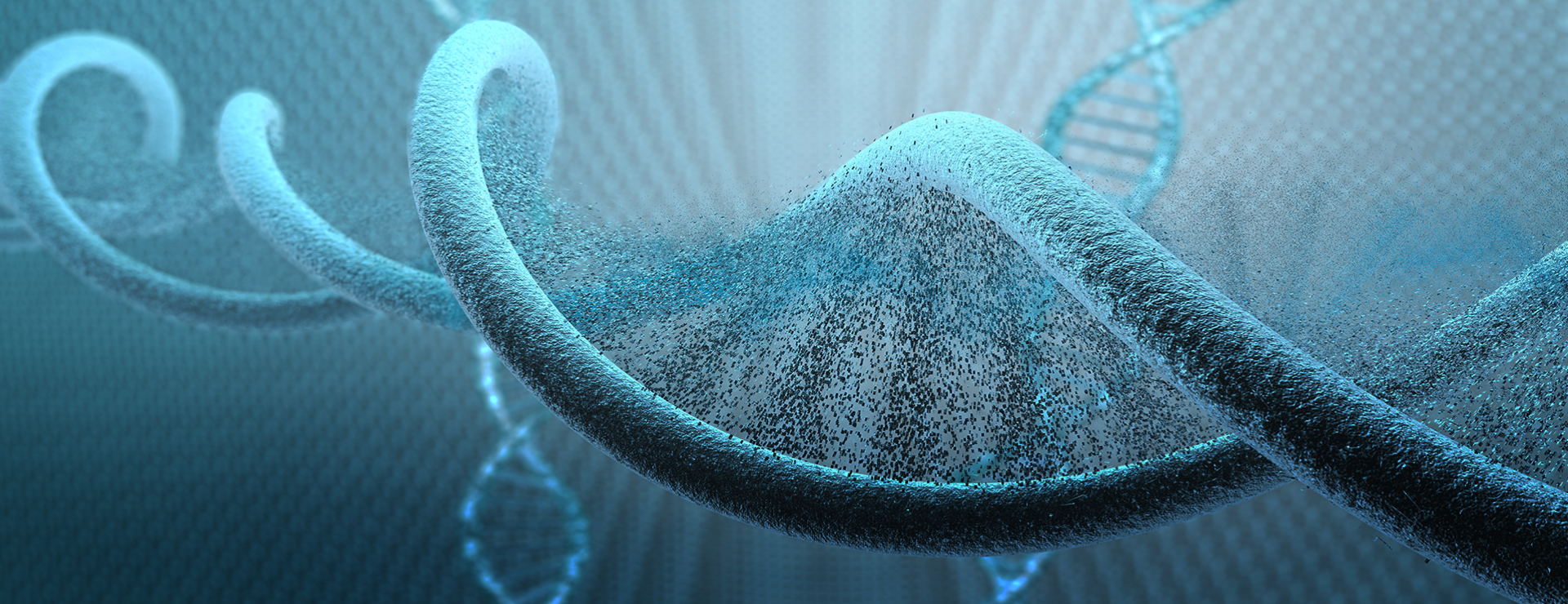
GABRR3
Facebook Support Group
Guide to Pharmacology
Share Your Story
What Is GABRR3
GABRR3 is a gene that provides instructions for making a protein called a receptor. Receptors are like tiny antennas on the surface of cells, and they receive signals from other molecules in the body. The GABRR3 receptor is part of a group of receptors called GABA receptors, which are found in the brain.
GABA receptors play an important role in regulating the activity of brain cells. They specifically respond to a chemical called gamma-aminobutyric acid (GABA), which is a neurotransmitter. Neurotransmitters are chemicals that help transmit messages between brain cells. Read More
Symptoms of GABRR3?
Research on GABRR3 and its potential implications in human health is still ongoing, and there is limited information available regarding its specific clinical presentation.
However, disruptions in GABA receptors, including those influenced by GABRR3, have been associated with various neurological and psychiatric conditions in humans. The clinical presentation of these conditions can vary widely depending on factors such as the specific genetic variation, its impact on GABA receptor function, and individual differences.
Some examples of conditions that have been associated with disruptions in GABA receptors, although not specifically GABRR3, include:
- Epilepsy: Epilepsy is a neurological disorder characterized by recurrent seizures. The clinical presentation of epilepsy can vary depending on the type and severity of seizures experienced by the individual.
- Autism Spectrum Disorders (ASD): ASD is a group of developmental disorders that affect communication, social interaction, and behavior. The clinical presentation of ASD can involve difficulties in social interaction, communication challenges, repetitive behaviors, and sensory sensitivities.
- Schizophrenia: Schizophrenia is a chronic mental disorder that affects a person’s thinking, perception, emotions, and behavior. The clinical presentation of schizophrenia can include symptoms such as hallucinations, delusions, disorganized thinking, and social withdrawal.
It’s important to note that the specific clinical presentation associated with GABRR3 disruptions, if any, is still being studied. Furthermore, the effects of genetic variations can vary widely among individuals, and additional factors beyond GABRR3 may contribute to the clinical presentation of various conditions.
Disclaimer: It is important to note that our understanding of GABA A Variants and their associated symptoms is an ongoing area of research. As of now, there may still be limited information available regarding the specific symptoms and implications of these genetic variations. It is recommended to consult with healthcare professionals or genetic specialists, and stay updated with the latest scientific research, as ongoing studies and advancements may provide further insights into GABA A Variants and their related symptoms.
Cure GABA A Variants non-profit and cureGABAa.org does not provide medical advice. It is intended for informational purposes only. It is not a substitute for professional medical advice, diagnosis or treatment. It does not diagnose, it produces a ranked list of suspected genes which provide assistance for rare hereditary disease cases. Patients should discuss their findings with their healthcare provider. Cure GABA A Variants does not intend to diagnose patients. It is providing information in order for patients to find and get better management of expert certified clinical assistance.

